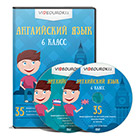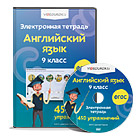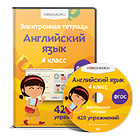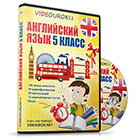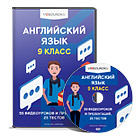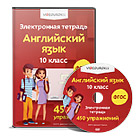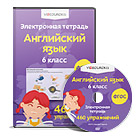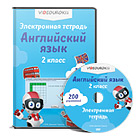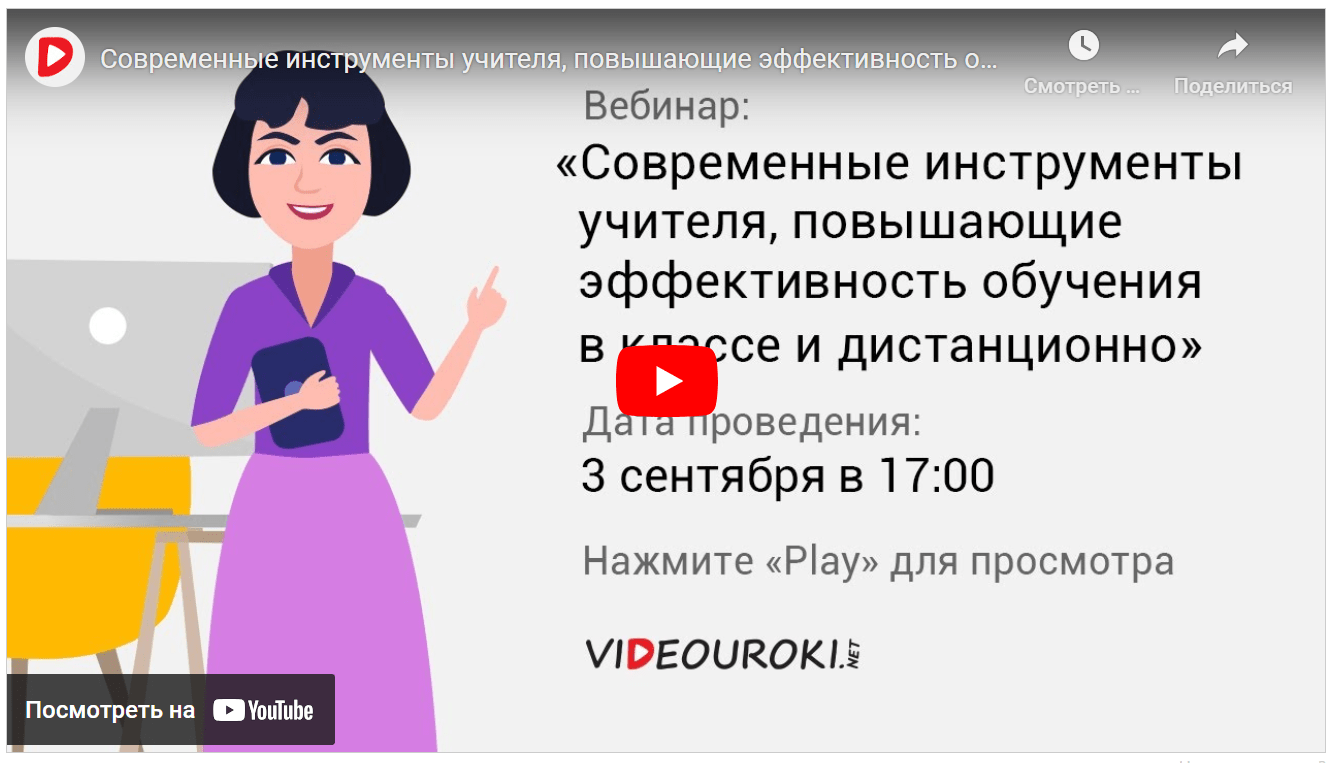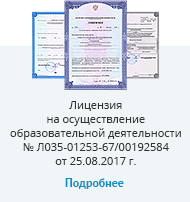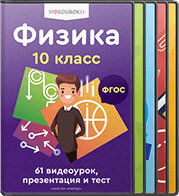

СДЕЛАЙТЕ СВОИ УРОКИ ЕЩЁ ЭФФЕКТИВНЕЕ, А ЖИЗНЬ СВОБОДНЕЕ
Благодаря готовым учебным материалам для работы в классе и дистанционно
Скидки до 50 % на комплекты
только до
Готовые ключевые этапы урока всегда будут у вас под рукой
Организационный момент
Проверка знаний
Объяснение материала
Закрепление изученного
Итоги урока
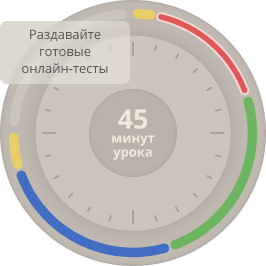
Была в сети 27.10.2020 12:28

Косжанова Гульнар Шарипбаевна
учитель английского языка
7 лет
Местоположение
Кахзахстан, Алматы
Специализация
3.3.4.1 use with some support a simple picture dictionary;3.5.11.1 use has got / have got there is / are statement and question forms including short answers and contractions
Категория:
Английский язык
25.01.2019 12:27


